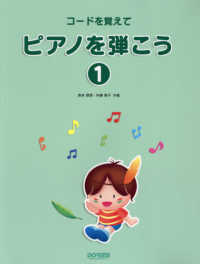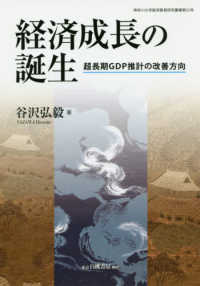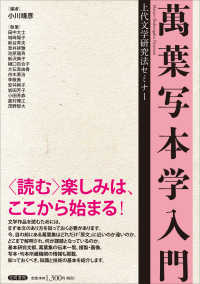Full Description
Combining theoretical inspiration, practical guidance, and visual examples, this book empowers educators to implement rich visual arts experiences and foster joyful, art-centered learning environments with children.
Drawing upon decades of experience and research, the authors offer rich, practical, plain English information alongside inspiring images, reflection points, and visual examples to support educators to understand the WHY, WHAT, and HOW of designing and delivering a rich visual arts curriculum for and with young children. Making no assumptions about prior visual arts knowledge or experience, this informative, visually beautiful book connects theory and practice, while providing guidance to inspire and inform interactions with children and visual arts materials in meaningful ways.
This is an essential resource for educators, teachers, parents, students or academics aiming to enhance their teaching practices and enrich children's learning through visual arts. Whether you are new to visual arts education or looking to deepen your practice, this book will inspire and equip you to support children's creative and expressive potential.
Contents
PART 1: WHY the visual arts are important for young children's education and for educator's work with children
1. Introduction
2. Why visual arts education matters
3. Theories, philosophies and approaches to inspire visual arts pedagogy
4. Examining and building a personal visual arts identity
PART 2: WHAT to do and think about when developing a visual arts curriculum
5. Artful play and inquirt: The role of the educator
6. Aesthetic encounters and material research
7. The visual arts in children's projects of inquiry
8. Art in and with the community
9. Engaging with the world of art, artists and galleries
10. Creating inspiring visual arts spaces
PART 3: THE HOW: Practical visual arts knowledge and methods
Part 3 Introduction
3.1 Drawing and Mark Making
3.2 Painting
3.3 Printmaking
3.4 Clay
3.5 Ephemeral Art and loose parts
3.6 Collage and assembly
3.7 Traditional crafts and artisan processes
3.8 Photography, light and lenses
Part 3 References








